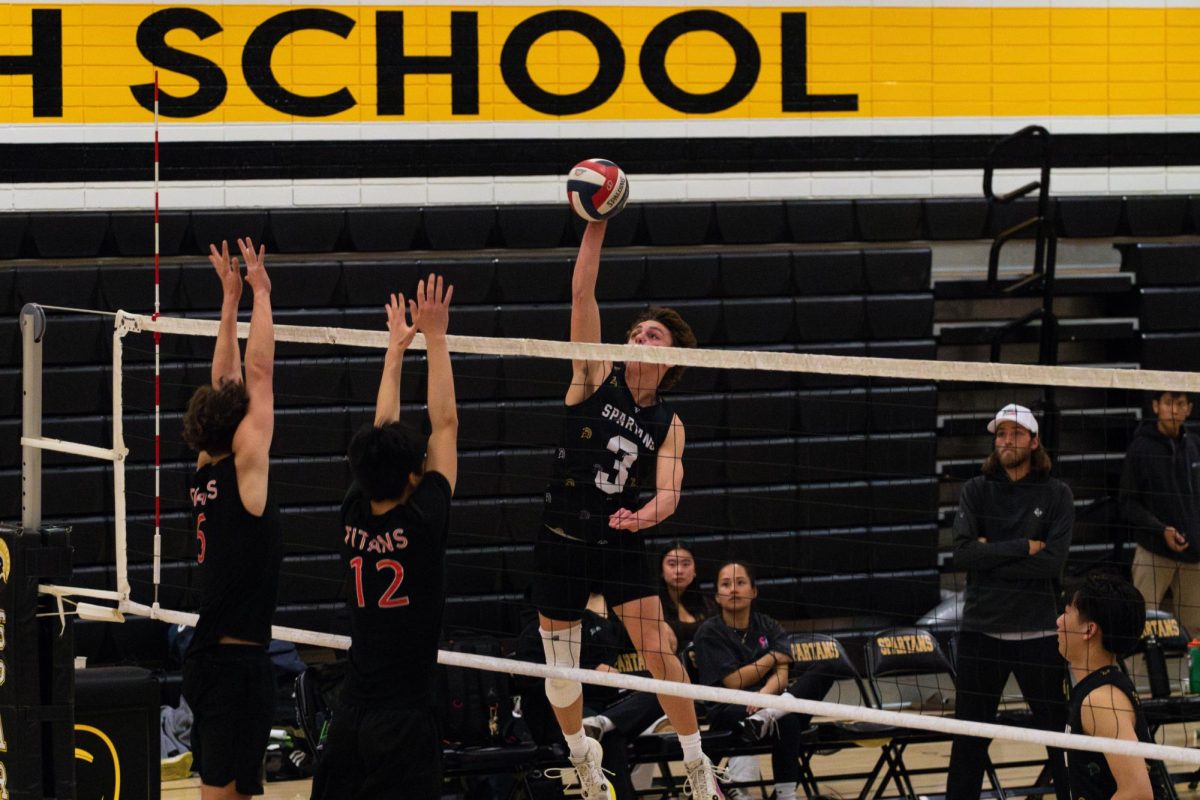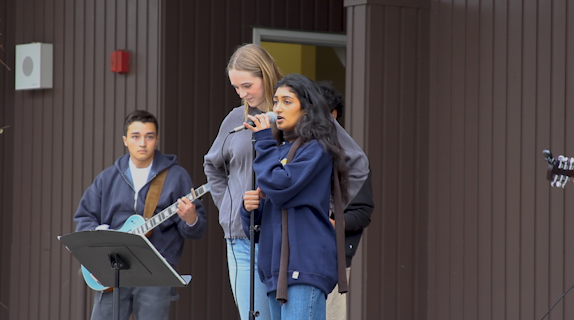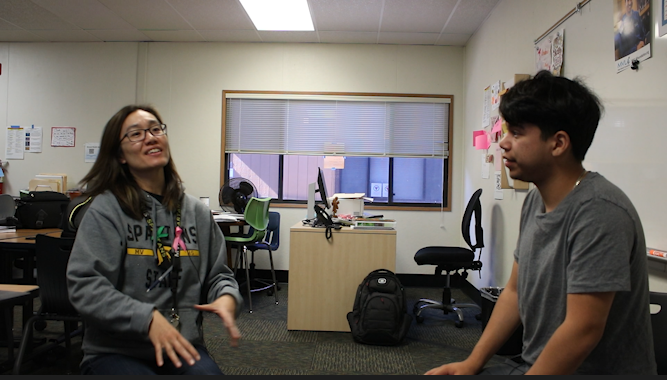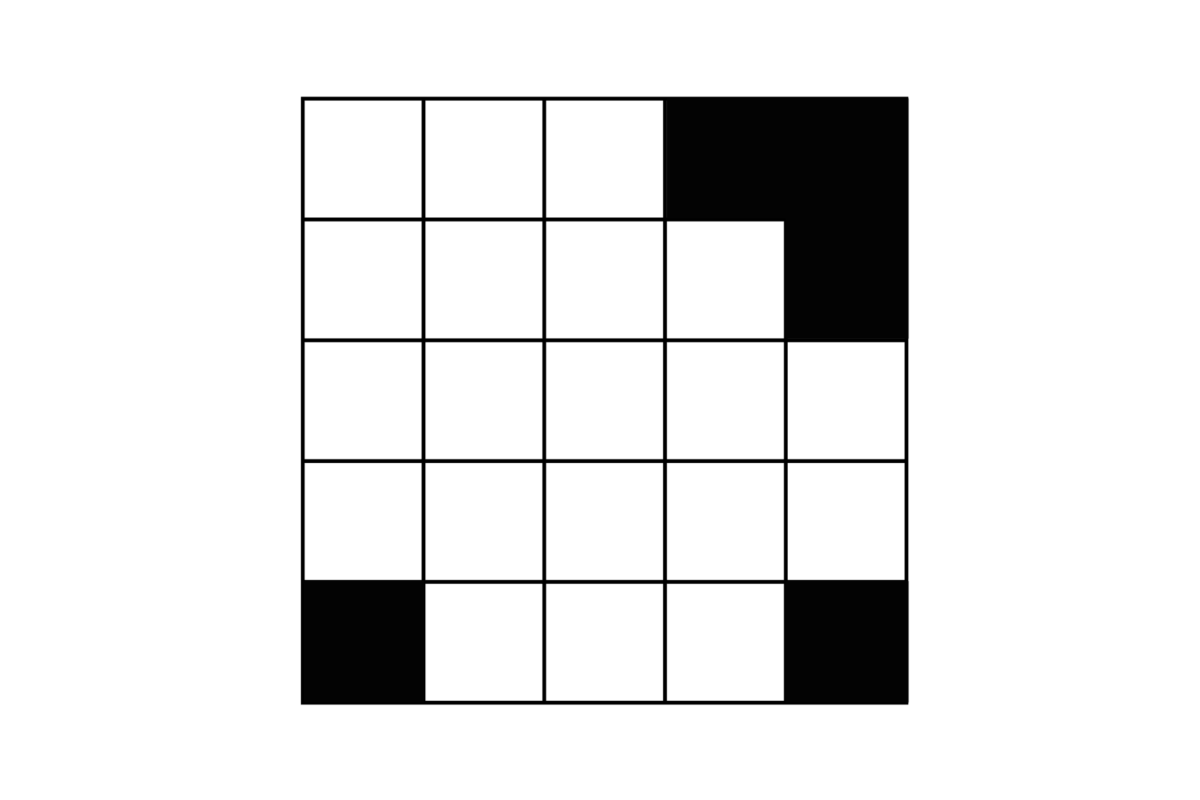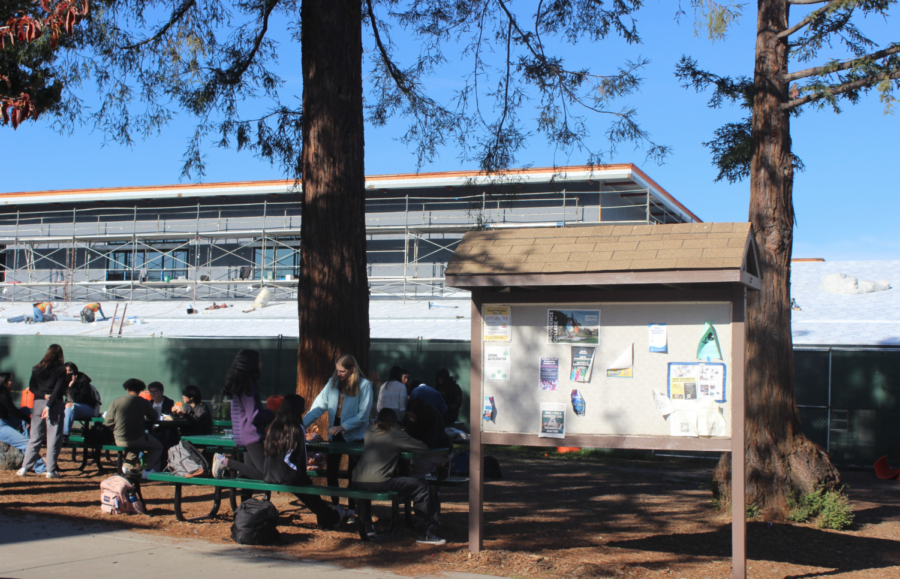Students compete in American Mathematics Competition in hopes of qualifying to invitationals
Dec 7, 2022
While most students were cozily sleeping in their beds on Nov. 9 and Nov. 16, 37 students completed the entry test in the multi-round, national math tournament: the American Mathematics Competition.
The entry level exam consists of 25 multiple choice questions based on algebra, geometry, trigonometry, and probability, which participants are asked to solve without a calculator in 75 minutes. AMC is organized into two test types: the AMC 10, which is only open to freshmen and sophomores, and AMC 12, which is open to all grades. Only the top 2% of AMC test-takers qualify for the second round.
“This is a big deal,” said Jose Martinez, math teacher and former AMC manager.
Martinez said students who advance to the higher rounds can “pick and choose whatever college that they want.” But earning a high score isn’t a simple task, especially considering the high cutoff score: about 73% of the answers need to be correct.
“Given how valuable any qualification can be for college apps and things makes it pretty competitive,” junior Bryce Lim said.
But not all are taking the test competitively: Some participants, like junior Amanda Zhang, take the revered test for fun. Zhang said she advanced to the second round her freshman year but went into this year’s test without high expectations.
This year, students took the test digitally, and results were released only a week later, which Test Coordinator Linda Vitz said is phenomenal. Previously it had taken up to two months to receive results. Lim said the quick turnaround gives him a better sense of how he needs to perform on the next round’s test to earn a qualifying score.
“It’s definitely nice getting your score back,” Lim said. “It changed how I approached the [second] test.”
The material in the tests go beyond the scope of what’s taught in school, Lim said. With each consecutive question, the test becomes exponentially harder, Lim said. Zhang said participants have to “think differently” and more logically than they might have to in school.
It helps to start practicing the types of logic problems at a young age, Zhang said.
“You have to have a very good foundation of math when you’re young,” she said.
The Mathematical Association of America publishes all the previous AMC tests on their website, along with new practice tests and their corresponding answer keys. Lim and freshman Soveen Argwal said many test-takers have taken online classes through the Art of Problem Solving, a site which teaches the material on AMC tests.
“Preparation classes really help, especially to learn the techniques for problem solving,” Argwal said.
Many students opt to take the test each year of high school.
“It’s about promoting the study of math and getting kids interested in math and to have a friendly competition for students from all over the world,” Martinez said.










